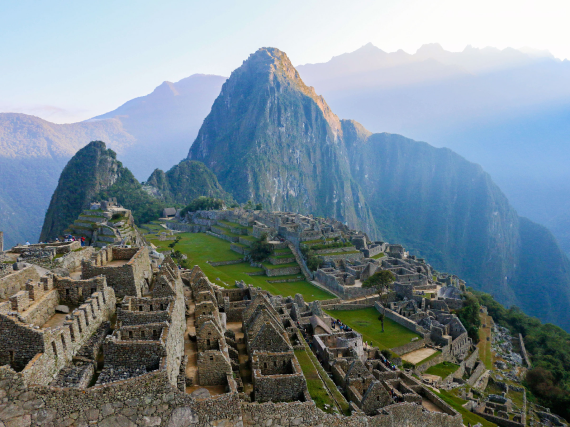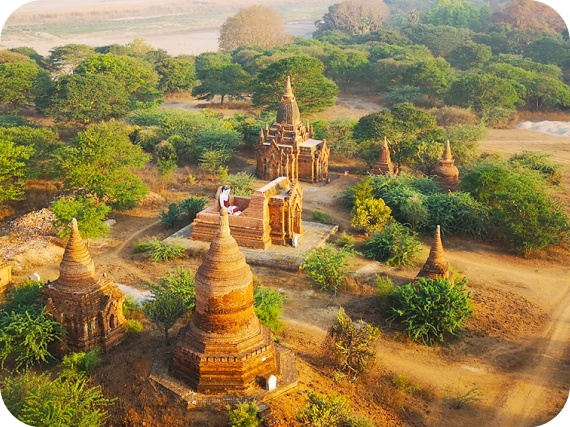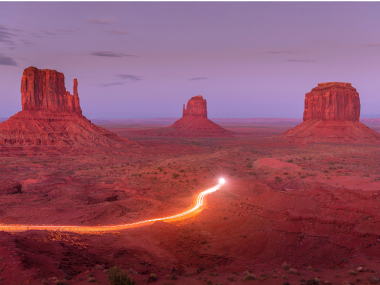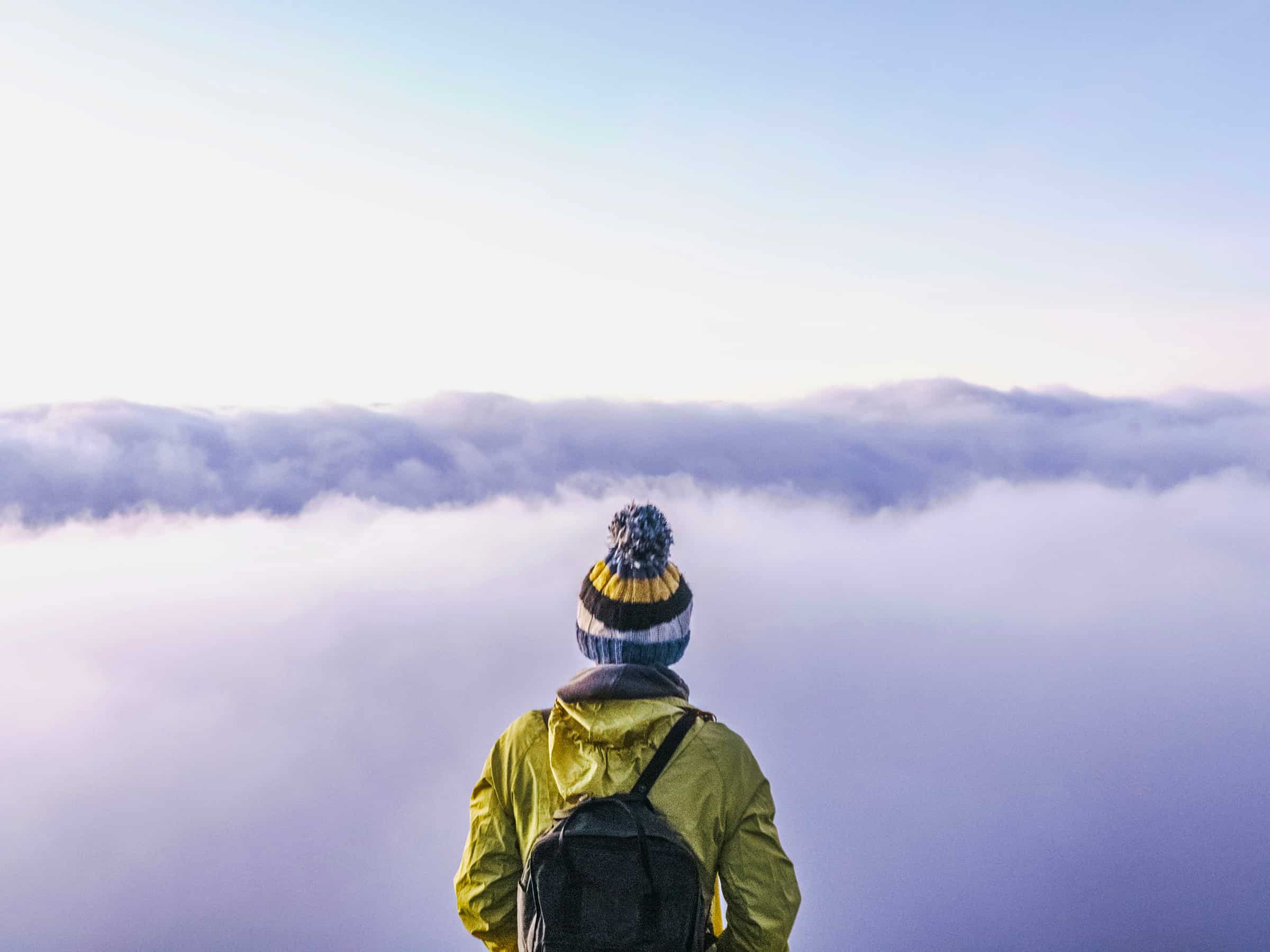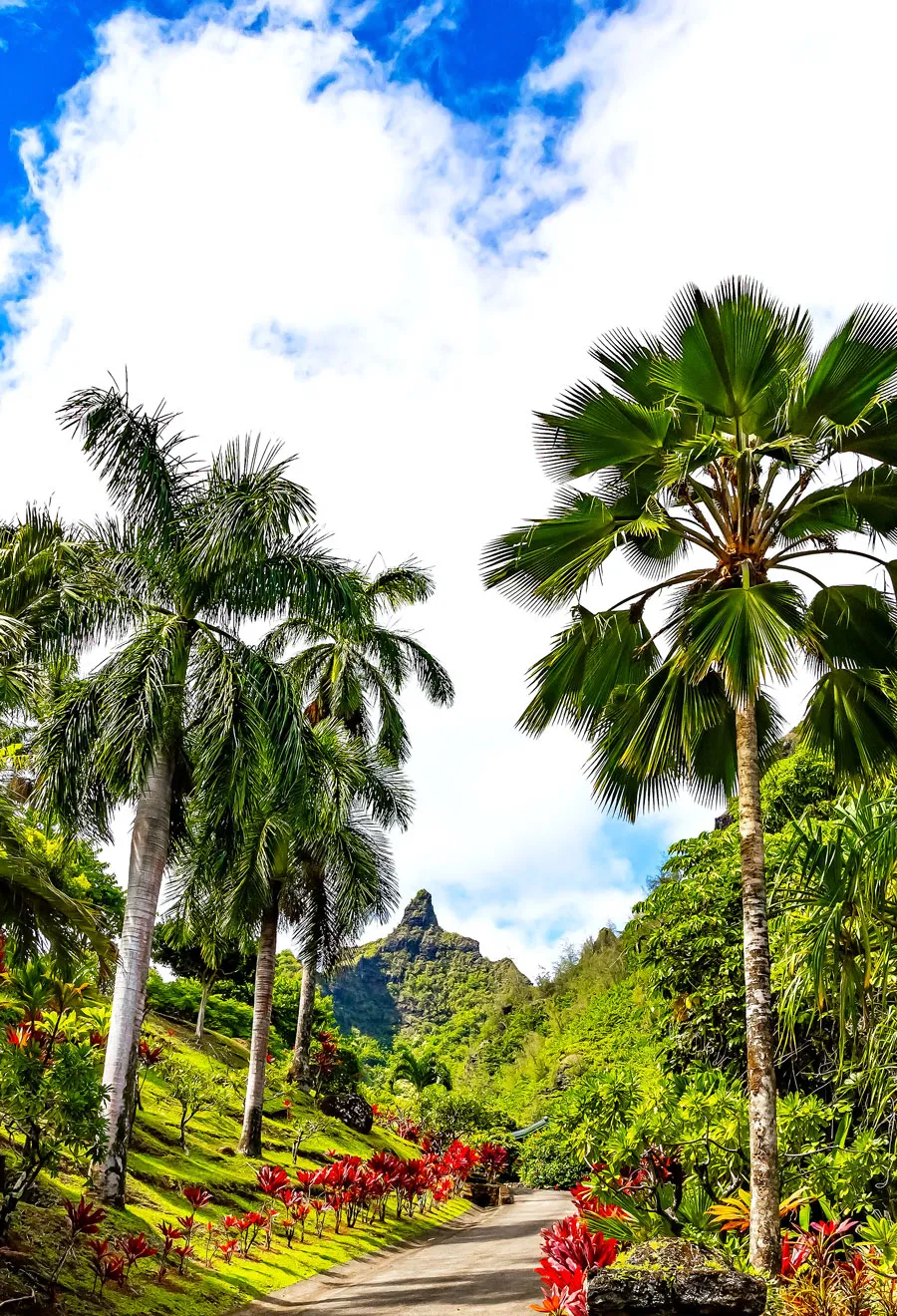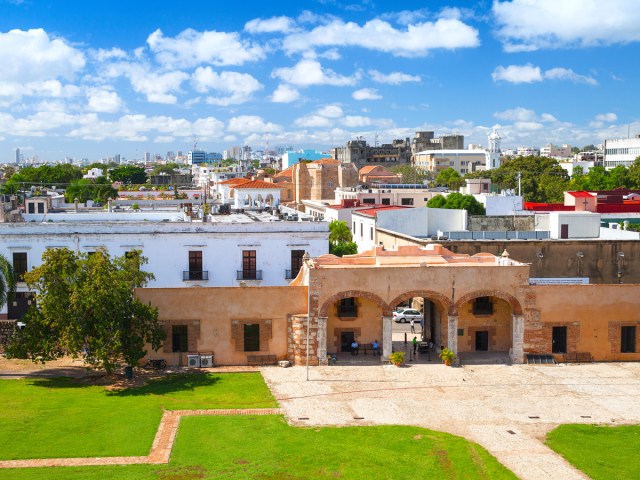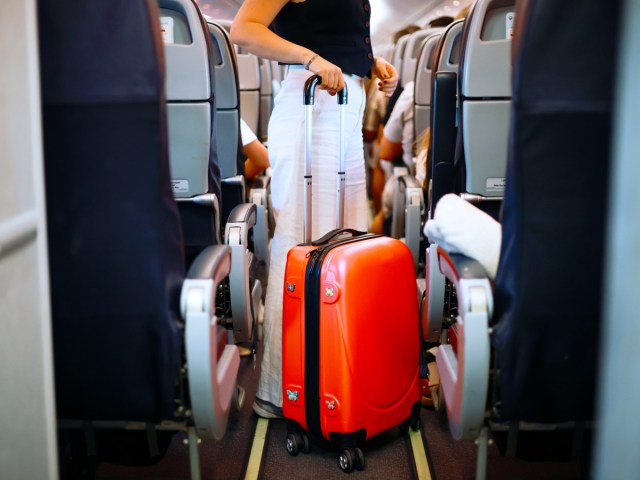If the best part of your Caribbean cruise is jumping into the turquoise water, pulling goggles over your eyes, and peering down at the reef to spot brightly colored species of fish skirting between coral tentacles, the travel trend known as “land snorkeling” might be for you. The practice, coined by Montana artists Clyde Aspevig and Carol Guzman, encourages travelers to wander through nature on terra firma at a slower pace to appreciate the small details of the natural world. Think: stopping to take in the view while smelling the wildflowers, noticing the way light filters through the trees, listening to the birds chirping, and observing all the insects and other wildlife around you. The more time you spend, the better. The best part? No gear required. If you’re curious about this exciting new travel trend, here are five destinations to try land snorkeling around the world.
The American Prairie – Montana
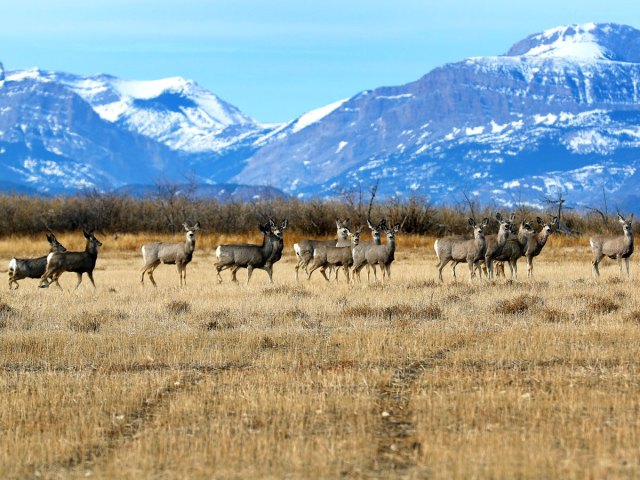
The rolling hills of northern Montana are the original home of land snorkeling, making it a great place to try the activity for the first time. Featuring rocky buttes and thousands of acres of grassland, currently managed by the Charles M. Russell National Wildlife Refuge, the area is one of the most endangered ecosystems in the world. Fortunately, there are efforts to preserve it by assembling the private and leased public land to protect approximately 3.5 million acres — in a project known as the American Prairie nature reserve.
Aspevig and Guzman, the founders of the land snorkeling movement and longtime American Prairie volunteers, encourage land snorkelers to witness the prairie’s abundant wildlife, such as deer and pronghorn, American porcupines, and prairie birds including sharp-tailed grouse and western meadowlarks. The biome is threatened by habitat loss, overgrazing, and land use changes, making it among the least-protected places on Earth, which is why many nature enthusiasts consider taking the time to appreciate its beauty and distinct features such a worthy endeavor.
National Tropical Botanical Gardens – Kauai
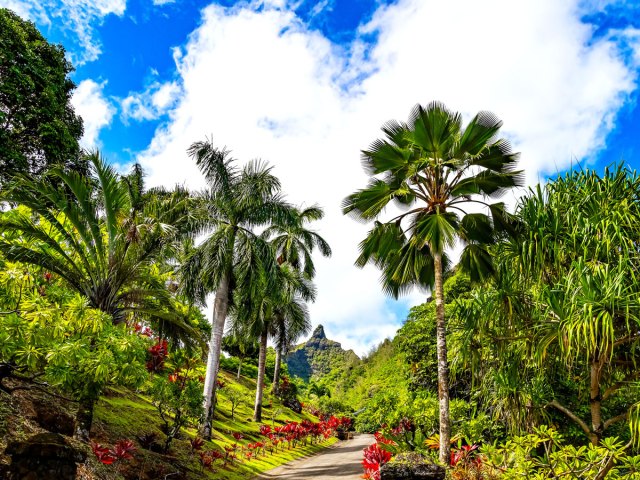
Three of America’s National Tropical Botanic Gardens are located on the Hawaiian island of Kauai. They include Allerton Garden and McBryde Garden on the island’s south shore and Limahuli Garden and Preserve in Hāʻena — further solidifying Kauai’s reputation as the “Garden Isle” of Hawaii. As it’s the oldest island in the archipelago, Kauai’s geological history dates back approximately 5.1 million years, which means some of the endemic flora and fauna you’ll spot there exists nowhere else on Earth.
For a spectacular land snorkeling adventure, head to one of these three gardens to listen to the ocean as you smell the sweet hibiscus groves, marvel at the native insects and birds, and walk beneath the towering indigenous trees of the rainforest. If you plan to stay a while, make sure you account for rain, as the Garden Isle is also one of the wettest places in the world.
Yakushima Island – Japan
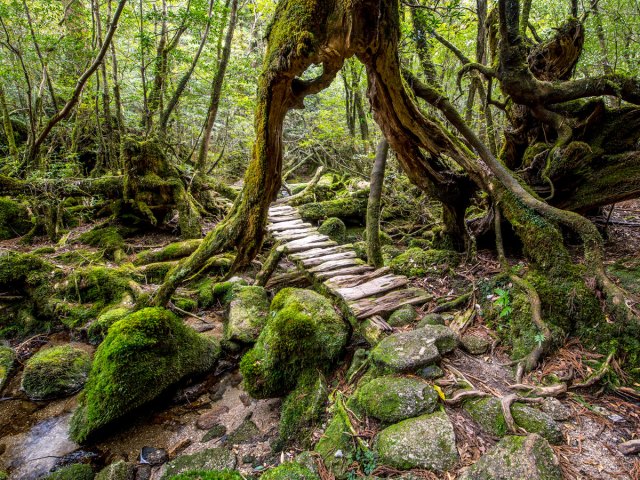
Around one-fifth of this island within Japan’s Kagoshima Prefecture is registered as a UNESCO World Heritage Site, and it is no doubt a mesmerizing destination for land snorkelers. Nicknamed the “Alps of the Ocean,” Yakushima is home to eight peaks standing approximately 6,000 feet above sea level and is famous for the vast differences in temperature and climates across the 195-square-mile island.
Wander among the ancient cedar forests to observe the variety between temperate and subtropical plants and see if you can spot unusual endemic species such as the Japanese bush warbler, Yakushima macaque, Yaku deer, Japanese weasels, tanuki (“raccoon dogs”), and various reptiles.
Monteverde Cloud Forest – Costa Rica
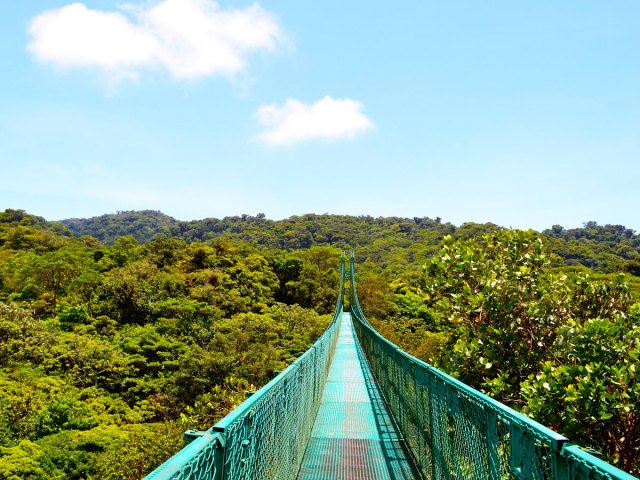
Established in 1972, the Montevideo Cloud Forest Biological Preserve covers more than 26,000 acres that are home to approximately 2,500 plant species, 100 mammal species, 400 bird species, 120 reptilian and amphibian species, and thousands of insects. The biologically rich preserve is situated at a high altitude along the Cordillera de Tilarán mountains of Costa Rica. This means it is a true cloud forest, characterized by constant low-level cloud cover at the canopy level.
This beautiful ecosystem is home to the magnificent quetzal (known for its iridescent green and red plumage), as well as pumas, jaguars, sloths, howler monkeys, toucans, and tapirs, among other fascinating species. Visitors interested in land snorkeling can enjoy the numerous hiking trails and hanging bridges, which offer unique perspectives of this mountainous forest.
Pacific Rim National Park Reserve – Canada
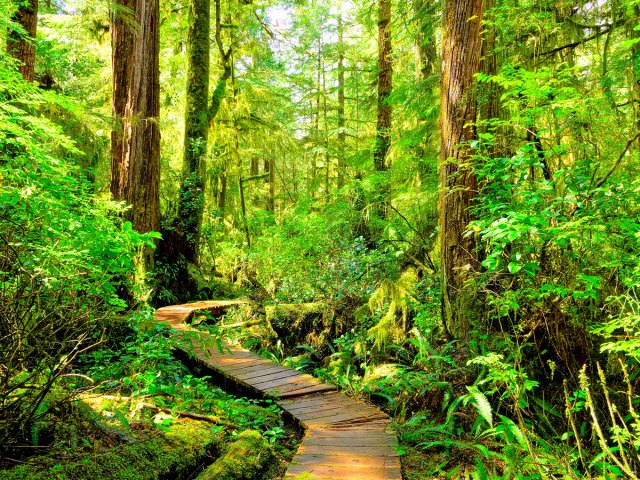
Head to Canada’s first national park reserve to see towering redwoods along the rugged Pacific coastline on Vancouver Island in British Columbia. This lush emerald rainforest with numerous species of fern is a great place to activate the senses and let your mind roam free as you take in your natural surroundings.
There’s a lot of ground to cover here, but follow the guidance of the land snorkeling trend and take your time. Long Beach, an undeveloped sandy stretch, is the ideal spot for beachcombing, while the West Coast Trail is a 47-mile trail that meanders past old-growth forests and sandstone cliffs. The land is home to the Nuu-chah-nulth First Nations, who honor the abundant plant and wildlife. Land snorkeling would be a great way to appreciate the beauty of the landscape and leave no trace.
More from our network
Daily Passport is part of Inbox Studio, which publishes content that uplifts, informs, and inspires.

